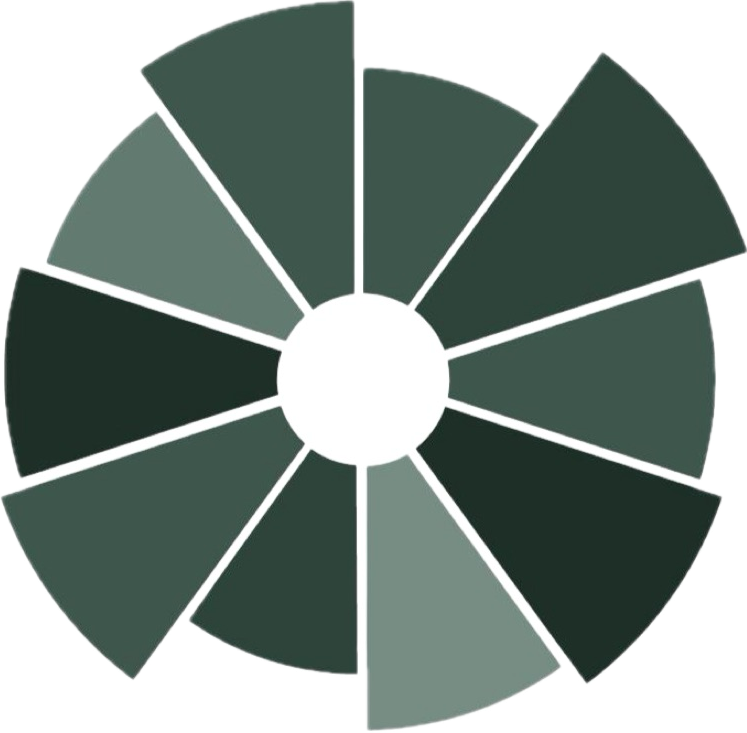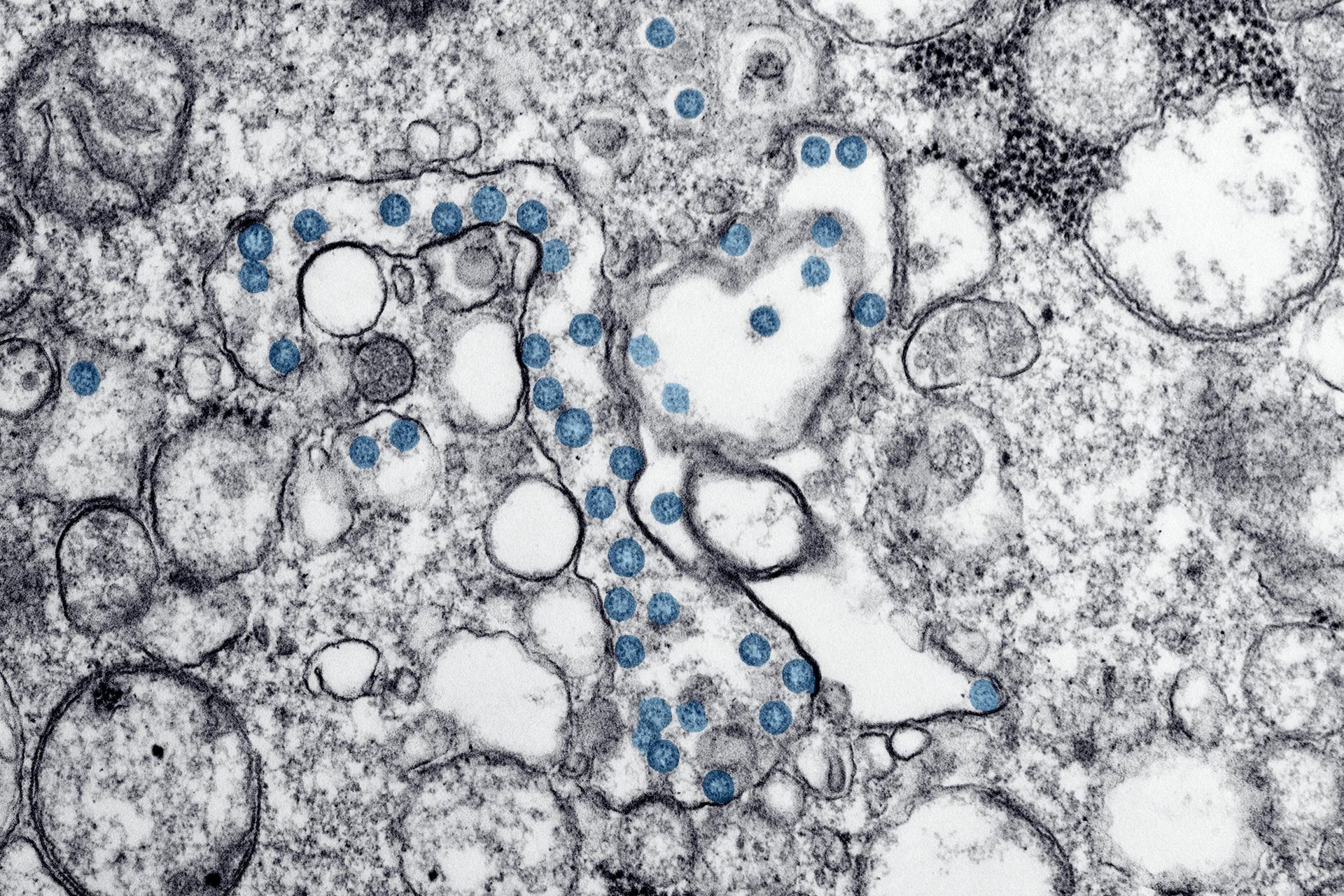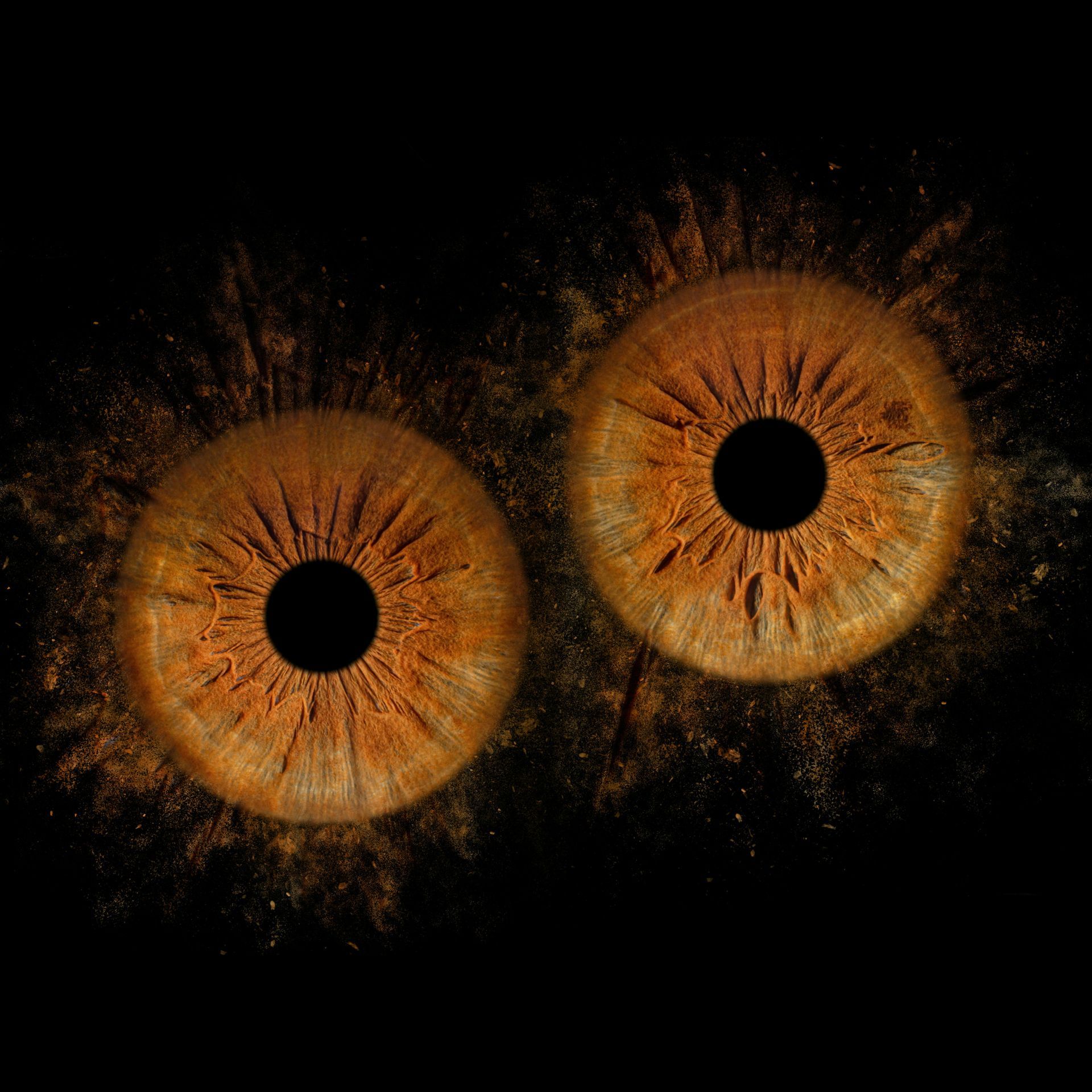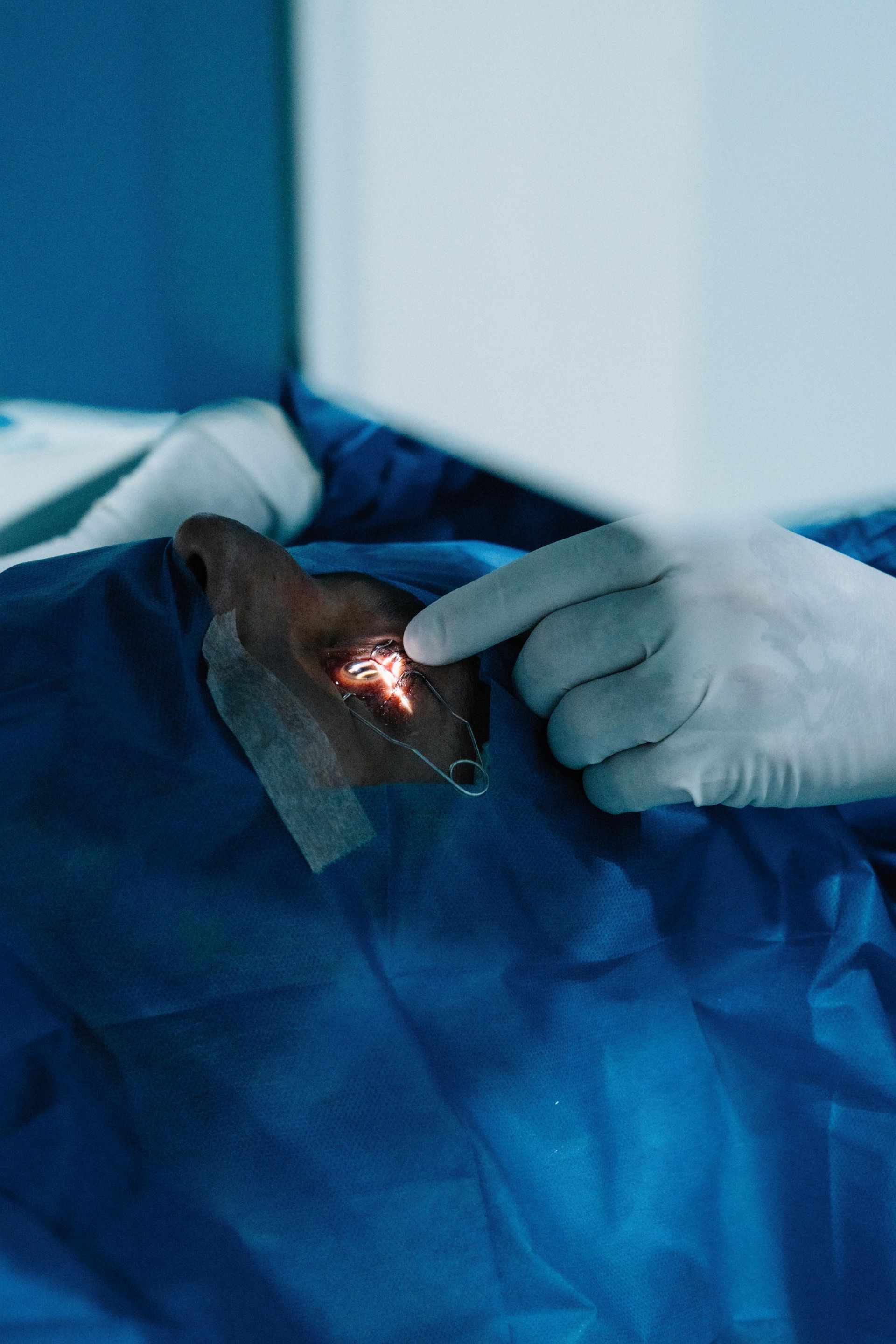Contrast sensitivity to prioritise cataract surgeries?
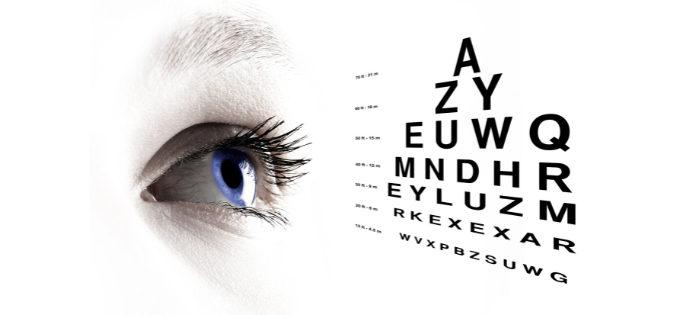
Blog vol 5.13. Contrast sensitivity to prioritise cataract surgeries?
I read a very interesting article (see here) recently in the journal, Eye, that discusses the possible use of mailed contrast sensitivity tests to prioritise cataract patients, in my opinion, a great idea!
The article was a kind reminder of the importance of contrast sensitivity (CS) measurements. What is CS and why the sudden interest? CS is the ability to detect subtle shades of grey in the real-world. To give you an idea of what it is and why it is important: it is a person's ability to see low contrast images, such as a street sign on a dark roadway, a flower pot sitting on the floor of a dimly lit garage, or the step height for a sidewalk at night. Get the idea? You do see how low CS could be a serious problem causing other serious problems. CS has been around for a long time, of course, and is very important in the treatment of visual impairment, so no new development here. What is new is the idea of using CS measurements as a cost effective, accessible way to establish urgency for cataract surgery.
At your optometrist’s office you are measured for visual acuity using high contrast letters, dark black on a white background. This works well for a quick and easy, standardized method of checking a patient’s vision. The visual acuity test, however, is done in optimal lighting conditions with complete focus on the eye chart (no distractions, no movement). Realistically, these are not at all the conditions that we usually operate in; different levels of light or focus affect visual acuity. Couple less than optimal conditions with cataracts, and you have reduced CS. (Read more here). Other factors that contribute to a reduced CS as a person ages are smaller pupils, increased hyperopia, and media opacities (cataracts, cloudy cornea, etc.).
Optometrists have been testing CS for a long time. We test CS at different spatial frequencies (loosely this refers to lighting levels) when examining visually impaired patients. The Ministry of Transport for Ontario requires CS numbers for bioptic drivers (drivers who need prescribed telescopes on their glasses).
The mail-in test is a great idea because it is a form of triage to screen for individuals who are higher risk of falls or driving difficulties due to reduced CS. In a perfect world, all eye doctors would be versed in CSF (contrast sensitivity function), include it in their reports, and be versed on interpreting the results. This is not necessarily the case.
I have found that CS testing has even, occasionally, revealed functional problems with patients, difficulties with doing normal tasks. Conditions like glaucoma, macular degeneration, retinitis pigmentosa, and cataracts can really affect function. Fortunately, there are ways to enhance contrast, such as different colour backgrounds for reading (easy to do with e-readers) and special colour filters for glasses.
Contrast is important, very important.
The good doctor
